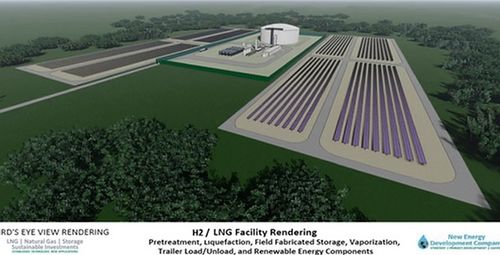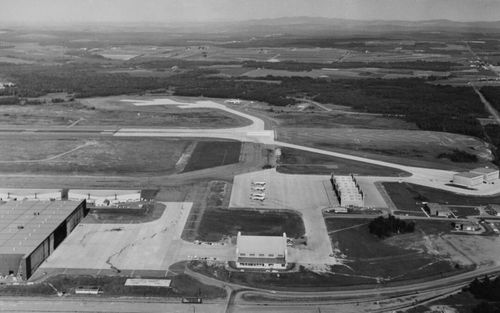The developer of a potentially massive network of green hydrogen production, transport and salt cavern storage — estimated to cost billions — is seeking banks to support a project debt raise.
Hy Stor, the developer of hydrogen generation and salt cavern storage, is currently raising “billions” in project finance for the first phase of its home state hub in Mississippi, Chief Commercial Officer Claire Behar said in an interview.
The first phase is expected to enter commercial service in 2026, guided by customers, Behar said.
Connor Clark & Lunn are equity partners in the Mississippi hub and is helping Hy Stor with its debt raise. Hy Stor is working with King & Spalding as legal advisor.
“We are already seeking banks and lining up our needed debt,” Behar said. She declined to say a precise amount the company will raise but said it will be in the billions.
Hy Stor plans to soon announce their renewable development partner to build dedicated off grid renewables, Behar said. The same is true for offtake in non-intermittent 24-hour industries like steel, plastic and fertilizer manufacturing.
“The customers are willing to pay that twenty-to-thirty percent premium that the market would need,” Behar said. “The business case is there.”
When asked if traditionally carbon intensive industrial manufacturing interests were actively seeking to co-locate with Hy Stor in Mississippi, Behar said the company has been advancing those agreements and hopes to have announcements soon.
Hy Stor hopes to have announcements in the coming weeks about a co-location opportunity, she added. Both domestic and international strategics are interested in the geology offering co-located salt cavern storage and geography offering river and deepwater port logistics networks, as well as highway and rail corridors.
Off-grid renewable generation means the company is not at the mercy of transmission interconnection queues. It also offers reliability because the lack of grid adage helps guarantee performance, and affordability because the company doesn’t have to pay utility rates, Behar said. Additionally, the electricity is decoupled from the grid and therefore absolutely decoupled from fossil fuels, which is important to Hy Stor’s prospective offtakers.
“This is what customers are demanding,” Behar said, adding that first movers are highly dedicated to decarbonization, needing quantitative accounting for all scope emissions, driven often by pressure from their customers.
The company has received a permit to take 11,000 gallons per minute of unpotable water from the Leaf River in Mississippi, Behar said, and is also looking at in-house wastewater treatment and water recycling.
Don’t go after gray users
Behar said the concept that users of gray hydrogen are the first targets for green hydrogen developers is misguided.
“The refineries, the petrochemicals, for them hydrogen is an end product already used within their system,” Behar said. “Those are not going to be the first users that are going to pay us a premium for that zero carbon.”
Hy Stor is instead focusing on new greenfield facilities that can co-locate.
“We’ve purposefully outsized our acreage,” she said of the 70,000 acres the company has purchased outside of Jackson, Mississippi, the Mississippi River Corridor, and the state’s southern deepwater ports in Gulfport and Port Bienville. New industrial projects can co-locate and have direct access to the salt cavern storge.
Looking forward the company’s acreage and seven salt domes mean they are not constrained by storage, Behar said. At each location, the company can develop tens and hundreds of caverns.







